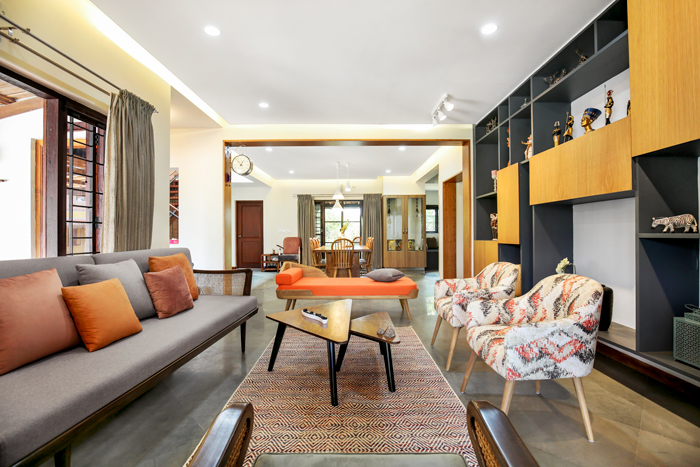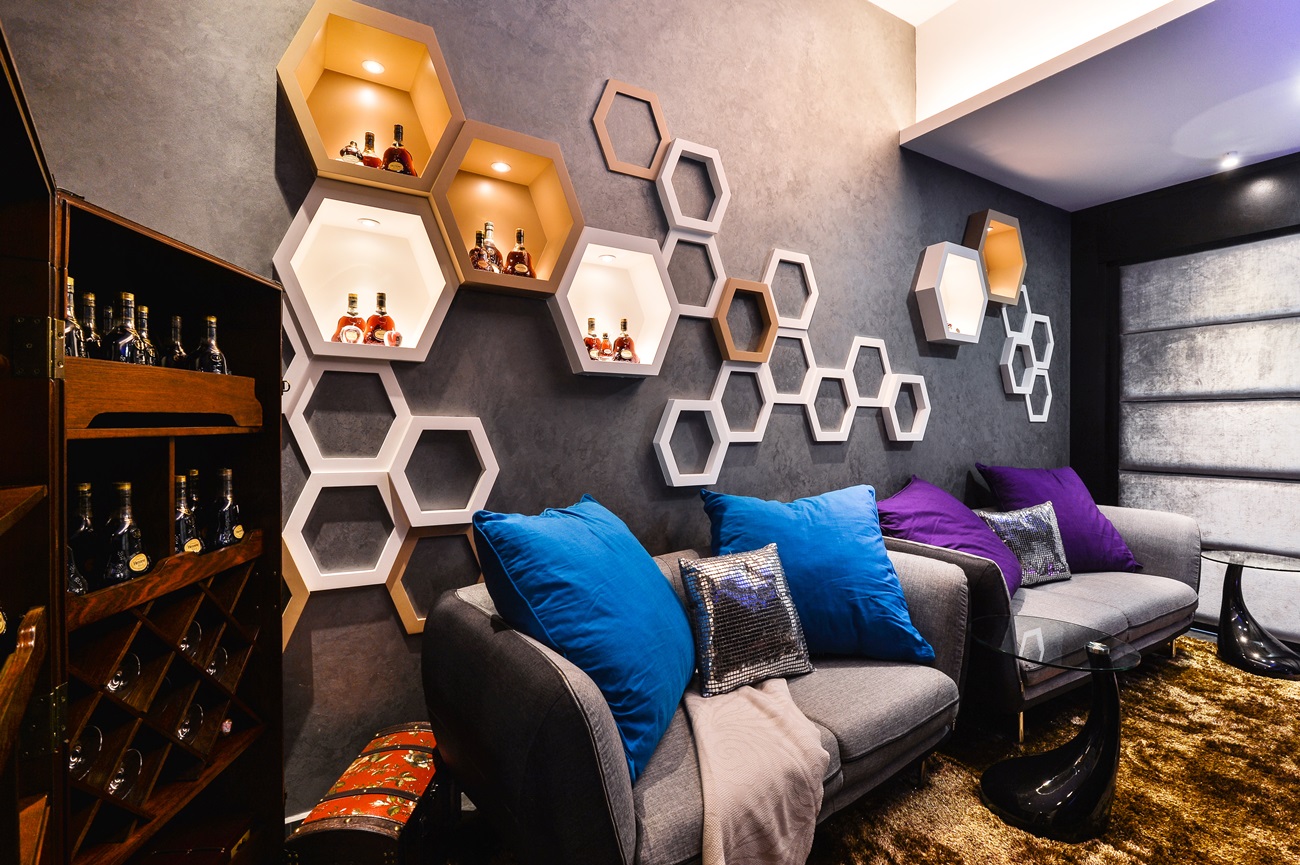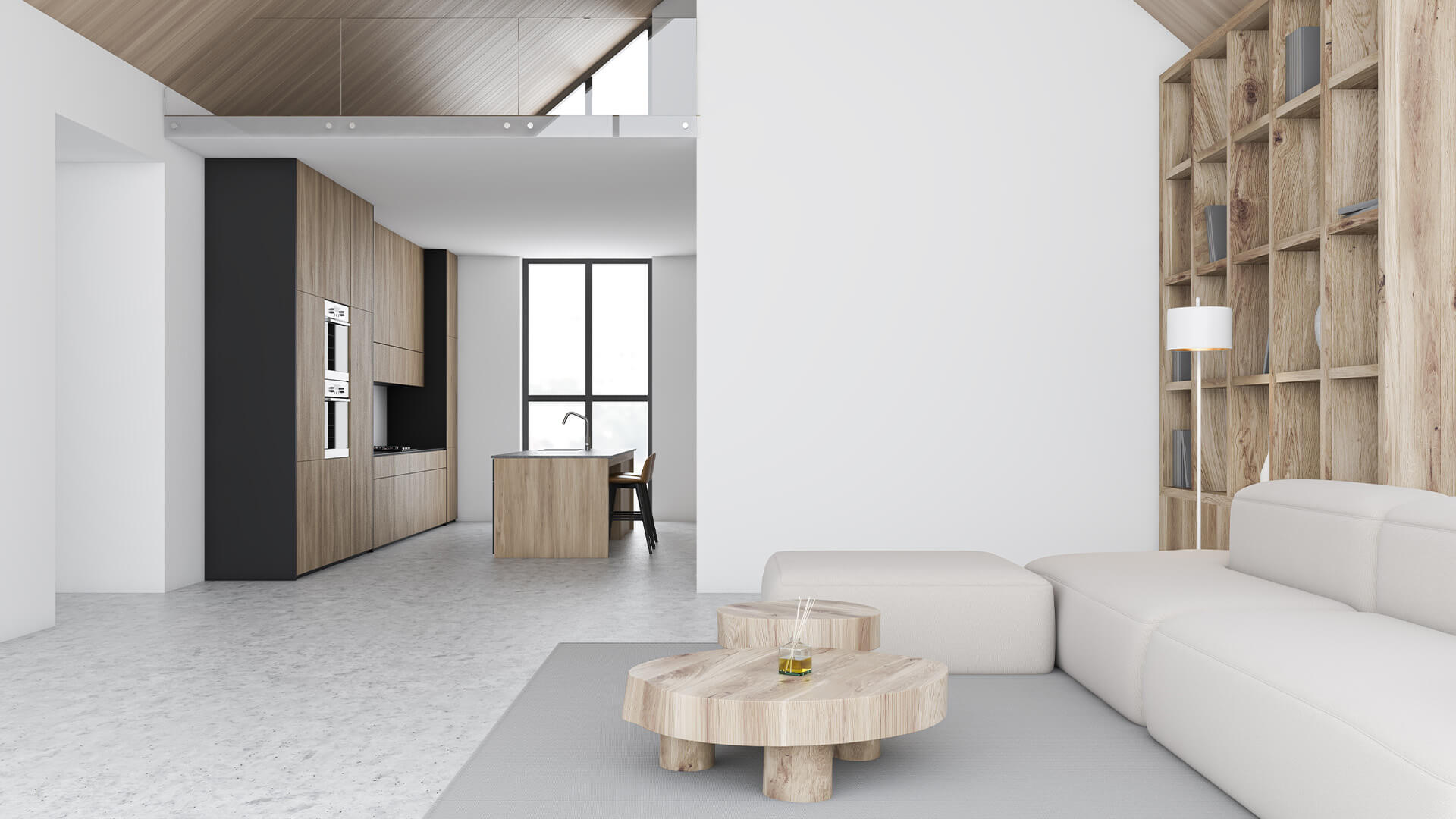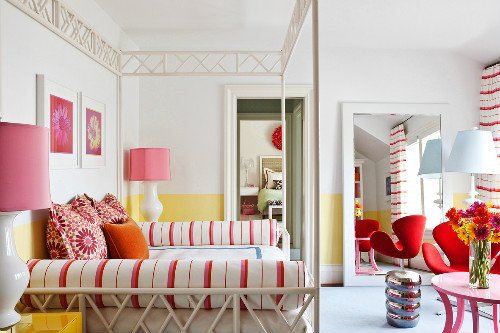Home Furniture is an integral part of any household, serving both functional and aesthetic purposes. It creates a comfortable living space and can greatly impact a home’s overall look and feel. The home furniture market is vast, offering a range of styles, materials, and designs to suit every taste and budget. From sofas and chairs to beds and desks, furniture pieces serve various functions and play a crucial role in defining the ambiance and comfort of a home.
Having the right furniture can improve the quality of life in a home. A well-designed and functional space can provide comfort and make daily tasks easier, such as work or leisure activities. Additionally, having appropriate furniture can contribute to a healthier living environment, promoting good posture and reducing the risk of injury.
Types of Home Furnishings
There are many different home furnishings, from sofas to beds and everything in between. The following sections describe some of the most common types of home furnishings:
1. Living Room Furniture
The living room is often the center of a home and requires comfortable and stylish furniture. Sofas and chairs provide seating for guests, while coffee tables serve as a surface for drinks and decorations. Accent chairs and recliners offer additional seating options and can add a pop of color or texture to the room.
2. Bedroom Furniture
A comfortable bed is essential for a good night’s sleep, and a well-designed bedroom also includes storage options such as dressers, nightstands, and wardrobes. Console tables can also serve as additional storage or a surface for decor. The bedroom chest of drawers is another piece of furniture that adds to a luxury bedroom’s elegance.
3. Kitchen and Dining Room Furniture
The kitchen and dining room require functional and durable furniture. Tables and chairs provide seating for meals, and storage options such as cabinets and pantries help to keep the kitchen organized. Dining room furniture may include a hutch or buffet for serving and storing dishes.
4. Home Office Furniture
A dedicated workspace requires furniture designed for efficiency and comfort. Desks, chairs, and bookcases provide the necessary elements for a productive work environment. Task lighting, file cabinets, and organizers are also important to home office components.
5. Outdoor Furniture
Outdoor spaces such as patios, decks, and balconies can be transformed into inviting and relaxing areas with the right furniture. Patio sets and outdoor seating provide comfortable places to relax and entertain, while hammocks, swings, and chaise lounges offer a place to unwind and soak up the sun.
Factors to Consider When Buying Furniture
When you are buying furniture, it is important to consider these factors:
1. Size of the Room and Furniture
The size of the room and the furniture are important factors to consider when buying furniture. The furniture should be proportional to the room’s size, ensuring enough space for movement and comfort. It is also important to measure doorways and stairways to ensure that furniture will fit in the room and can be easily transported.
2. Style and Design
Furniture should match the personal style and décor of the home. From traditional to contemporary styles, there is a wide range of design options to choose from. Choosing furniture that reflects the desired style and aesthetic is important in creating a cohesive and inviting living space.
3. Material Quality and Durability
The quality of the materials used in furniture can greatly impact its longevity and overall look. High-quality materials, such as solid wood and sturdy metals, are more durable and long-lasting, while lower-quality materials may deteriorate quickly and require replacement. It is important to consider the type of materials used and the manufacturer’s warranty when making a furniture purchase.
4. Budget
Furniture can be an expensive investment, so you should greatly consider the budget before making a purchase. It is possible to find quality furniture at various price points, so it’s crucial to determine what is most important and allocate the budget accordingly. Considering the factors mentioned above, it’s possible to find functional and stylish furniture while also fitting within the budget.
How to Create a Cohesive and Stylish Home with Furniture
Creating a cohesive and stylish home is not an easy task. It involves a lot of planning, effort, and research. But if you want to create a home that looks like it’s been decorated by professionals, you need to have the following in mind:
A. The Tips for Choosing the Right Furniture for Each Room
Consider each room’s function and choose the appropriate furniture for the intended use. A comfortable sofa is important for the living room, while a supportive bed is essential for the bedroom. Consider the size of the room, the style, and the desired aesthetic when making furniture choices.
B. Strategies for Blending Different Styles and Designs
Mixing and matching different styles and designs can create a unique and personal look for a home. Choose furniture with similar colors or textures to achieve a cohesive look, or opt for neutral pieces that can be accessorized with colorful accents. It’s also good to consider the home’s overall style when making furniture choices, ensuring that the pieces complement the existing décor.
C. Importance of Color Coordination
Color coordination is an important factor in creating a cohesive and stylish home. Selecting furniture and accessories in a similar color palette can help to create a harmonious and well-balanced look. Consider the wall colors and existing décor when selecting furniture, and opt for neutral colors that will be easy to accessorize with accent pieces.
D. The Role of Accessories and Décor in Tying a Room Together
Accessories and décor play a pivotal role in tying a room together and creating a cohesive look. Consider using throw pillows, rugs, and curtains to add color and texture to a room, or opt for artwork or sculptures to create a focal point. The accessories and décor should complement the style and aesthetic of the furniture and overall room design, helping to bring the look together.
Top Trends in Home Furniture
Trends in home furniture are constantly changing and evolving. As a consumer, you can expect new designs, styles, and materials used in furniture manufacturing. Here are some of the top trends in home furniture:
I. Minimalism and Simplicity
Minimalism and simplicity are popular trends in home furniture, focusing on clean lines, neutral colors, and functional design. This style is characterized by an emphasis on functionality and a lack of clutter, focusing on high-quality materials and well-made pieces.
II. Eco-friendliness and Sustainability
With an increased focus on environmental responsibility, eco-friendliness, and sustainability are taking the stage in the furniture industry. This trend is reflected in the use of sustainable materials, such as bamboo and recycled plastics, as well as in the use of environmentally-friendly production processes.
III. Mix-and-Match Styles and Designs
Mix-and-match styles and designs are becoming equally popular as homeowners seek to create a unique and personal look for their homes. This trend involves blending different styles and designs, such as contemporary and traditional, to create a one-of-a-kind look that reflects personal style and preferences.
IV. Multifunctional Furniture
Multifunctional furniture is another growing trend as homeowners seek to maximize the space in their homes. This type of furniture, such as a sofa that doubles as a bed, or a table that can be used as both a desk and a dining table, is designed to serve multiple functions, maximizing the use of space and reducing the need for additional pieces.
Summary
The key to successfully maintaining a minimalist home is to take it easy. Just a few simple changes can make the difference between a cluttered home and a nicely styled one that’s enjoyable to live in.






